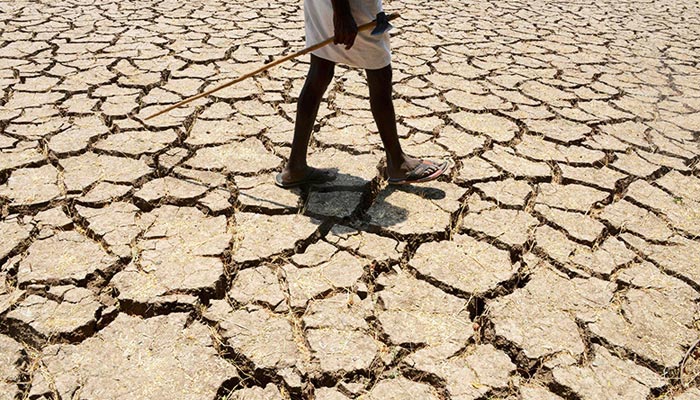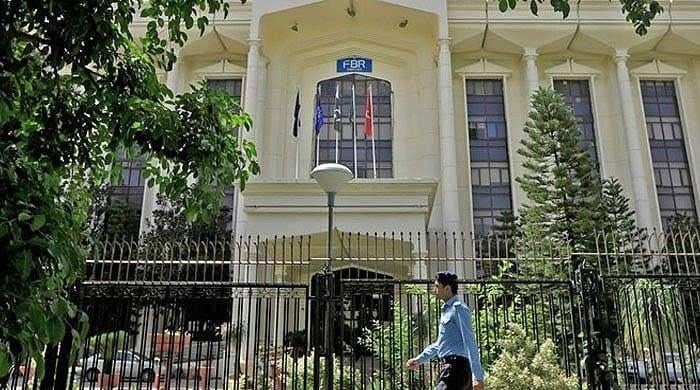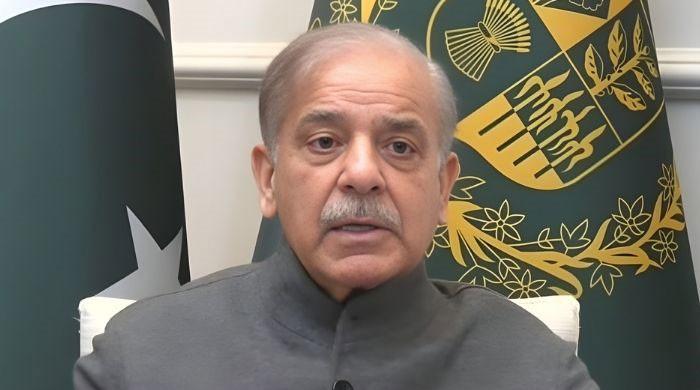Pakistan likely to face upto 30% water shortage for next six months
Committee might give a different projection of 22-25%, according to a source in IRSA
March 31, 2022

- Pakistan may face water shortage of 22-30% for six months.
- IRSA to conduct meeting regarding water availability projections.
- Committee might give a different projection of 22-25%, per IRSA source.
ISLAMABAD: Pakistan may face a water shortage of 22-30% for six months starting from April 1 to September 30 during the Kharif season 2022.
Indus River System Authority (IRSA) technical committee will conduct meeting today with representatives from all provinces and WAPDA regarding the water availability projections.
The committee would finalise the water shortages in early and later Kharif, IRSA told The News.
Another source in IRSA said that the committee might give a different projection of 22-25%.
In the ongoing Rabi season that is to end today (March 31, 2022), the country faced almost 28% water shortage.
It was worth noting that in early Kharif, 2022, Pakistan would have 28-29 million acres feet (MAF) of water. And in the later part of the sowing season, the country was projected to have water availability of 75-80 MAF in its system.
Sindh, the lower riparian province of the country at present needs water for sowing cotton in the vicinity of Nara canal. The province also needs water for sowing sunflower crops as well as for mango orchards. Right now, the indent of Sindh stands at 40,000 cusecs per day, but the province is being provided 29,000 cusecs per day with a shortage of 34%.
As of March 30, 2022, temperatures have started rising, but the worrying part was that water flows were not being improved. Tarbela Dam and Chashma barrage are still on the river since February 24, 2022 and Mangla has just 0.379 MAF water in its reservoir.
Water inflows and outflows in Indus at Tarbela stand at 22,000 cusecs and in Kabul river water flows stand at 6,900 cusecs. From Mangla, outflows stand at 40,000 cusecs per day, but inflows are at 32,100 cusecs.
However, total inflows in the system stand at 74,900 cusecs and outflows 82,000 cusecs, the data reveals.









